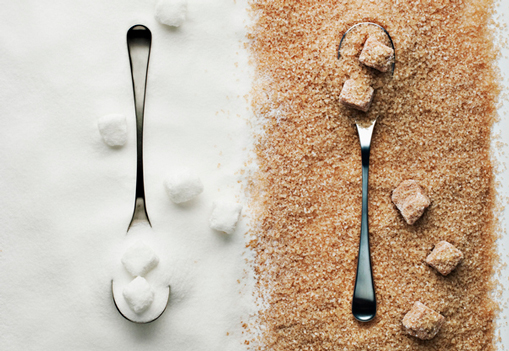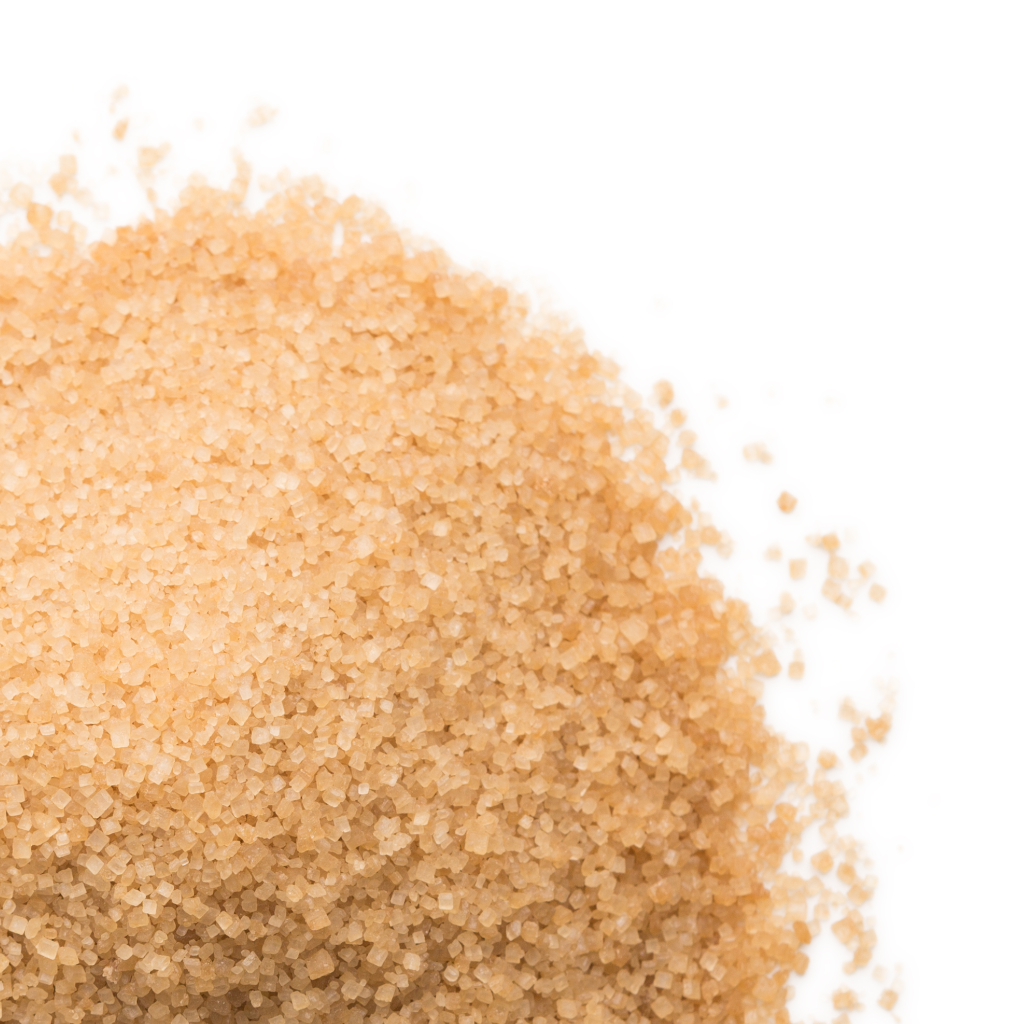Expert-Approved sugar cane products for Chefs
Wiki Article
Revealing the Manufacturing Keys Behind Sugar Cane and Its Diverse Series Of Products
The manufacturing trip of sugar cane is complex and multi-faceted. It starts in the areas, where cautious harvesting strategies established the phase for excellent sugar extraction. The process entails a number of phases, including juice extraction and refining - sugar cane products. However, sugar cane's potential extends far past mere sweetness. Advancements in handling and lasting techniques are reshaping its function in contemporary markets. What exists in advance for this flexible crop? The solutions may stun those thinking about its futureThe Trip of Sugar Cane: From Field to Factory

As sugar cane guides gently in the exotic breeze, it starts a transformative trip from field to factory. The vivid environment-friendly stalks, rich in sucrose, are cultivated under excellent conditions, gaining from enough sunlight and rainfall. Farmers very carefully keep an eye on the growth, making certain the plants reach their peak maturation, which is important for making best use of sugar content.Once developed, the cane is prepared for harvesting, where its coarse structure holds the promise of sweet items. The journey proceeds as the stalks are transferred to processing facilities, where they undergo a collection of meticulous steps. At the manufacturing facility, the cane is cleaned, shredded, and pressed to draw out the juice. This juice is after that made clear and vaporized, leading the means for crystallization. Each stage of this journey is important, as it eventually determines the quality of the sugar and various other items stemmed from this functional plant.
Harvesting Strategies: The Primary Step in Production
Harvesting sugar cane calls for accuracy and skill, as the timing and technique directly affect the top quality of the last product. The process commonly begins with determining the suitable harvest, which is essential; sugar material comes to a head prior to the plant reaches complete maturity. Cultivators commonly count on experience and agricultural signs to determine when to harvest.Two primary strategies control the collecting landscape: manual and mechanical techniques. Hand-operated harvesting, though labor-intensive, permits careful selection of stalks and minimizes damages. Workers make use of machetes to reduce the cane near to the base, making sure the stalks stay undamaged for processing.Mechanical harvesting, on the other hand, uses customized tools to cut and collect the cane promptly. While this method considerably increases performance, it may cause higher degrees of debris and lower sugar material. Ultimately, the picked technique affects not only the amount but likewise the high quality of sugar cane delivered to refining centers.The Removal Process: Unlocking the Sweet taste
The removal process is essential for transforming harvested sugar cane right into sweet juice. Different approaches of juice extraction can substantially influence the top quality and return of the last product. Recognizing these methods is important for taking full advantage of the benefits of sugar cane manufacturing.Harvesting Strategies Discussed
Launching the sweetness of sugar cane begins with accurate harvesting strategies that guarantee maximum return and high quality. The process normally involves cutting the cane at ground degree, making certain minimal damages to the plant and enabling regrowth. Farmers typically make use of machetes or specialized makers, relying on the range of the procedure. Timing is essential; harvesting occurs when the sugar web content reaches its optimal, generally throughout dry seasons. Furthermore, workers must be trained to determine the best stalks, staying clear of those that are as well old or diseased. Reliable transportation to refining facilities is likewise essential, as hold-ups can lead to sugar destruction (sugar cane products). These thorough methods ultimately lay the structure for generating high-quality sugar and its diverse by-productsJuice Extraction Methods
Juice extraction is a crucial step in changing sugar cane into its pleasant significance. This procedure commonly entails a number of methods, each designed to effectively remove the sweet fluid from the fibrous stalks. One of the most usual strategy is milling, where the sugar cane is crushed in between heavy rollers to launch the juice. An additional method is diffusion, which utilizes warm water to liquify the sugar from the cane fibers, making it a more effective alternative for massive procedures. In addition, some producers make use of screw presses, which apply mechanical stress to remove juice. After extraction, the juice undergoes explanation to eliminate pollutants before additional handling. Each method shows the market's emphasis on optimizing return and ensuring top quality sugar production.Refining Sugar: Changing Raw Cane Into Granulated Gold
The refining process is crucial for transforming raw cane sugar click here for more info right into the pure, granulated item consumers recognize. sugar cane products. This involves a series of extraction and filtering actions to remove contaminations, complied with by formation and drying methods that boost the sugar's quality. Comprehending these techniques discloses the elaborate transformation from cane to the golden granules that sweeten countless foods and drinksExtraction and Purification Refine
An important phase in the sugar production journey involves the removal and filtration of juice from newly collected sugar cane. This procedure begins with crushing the cane to release its sweet juice, usually making use of huge rollers or mills. The removed juice has not only sugar but also pollutants, including fibers and mud. To assure the juice is appropriate for further refining, it undergoes a filtering process. This involves passing the juice with numerous filters and clarifiers to get rid of strong particles and undesirable materials. Chemicals such as lime may be added to help in the information process. The result is a clear, raw cane juice that offers as the structure for producing polished sugar, all set for succeeding phases of handling.
Crystallization and Drying Methods
After the extraction and filtration procedures yield clear raw cane juice, the next action in sugar production is crystallization. This procedure includes boiling the juice to vaporize water, enabling sugar particles to develop crystals. As the liquid thickens, it gets to supersaturation, triggering sugar to take shape. The mix is after that cooled down, advertising further crystal formation. As soon as condensation is full, the sugar crystals are separated from the continuing to be syrup through centrifugation.The last includes drying out, where the crystals are exposed to warm air to eliminate recurring wetness. This action is vital, as it ensures the item achieves the wanted granulation and shelf stability. The outcome is pure, granulated sugar, all set for packaging and circulation.Past Sweetness: Diverse Products From Sugar Cane
While sugar cane is mainly identified for its sweet flavor, its convenience extends far past mere sweetness. This resistant plant works as the resource for a myriad of products that accommodate varied markets. Ethanol, acquired from sugar cane fermentation, plays an essential duty in eco-friendly energy, working as a cleaner choice to nonrenewable fuel sources. Additionally, molasses, a by-product of sugar refining, is made use of in pet feed, as well as in cooking and fermentation processes.Sugar cane's coarse deposit, called bagasse, is not squandered; it is changed right into eco-friendly product packaging products and works as a biomass fuel source. Moreover, numerous sugars and syrups obtained from sugar cane find applications in the food and beverage market, adding to flavor and conservation. The plant's fallen leaves can be made use of for thatching, while its juice is consumed as a revitalizing beverage in numerous cultures. Sugar cane exhibits agricultural potential past its sugary reputation.Technologies in Sugar Cane Processing
As advancements in innovation remain to improve various sectors, sugar cane processing is experiencing a significant change. Modern technologies, including automated harvesting and accuracy farming, are improving efficiency and return. Drones and sensing units keep an eye on plant health and wellness, permitting farmers to enhance watering and nutrient application, ultimately enhancing productivity.In handling centers, advanced equipment and tools streamline procedures. Technologies such as chemical handling and advanced filtration methods boost the extraction of sugar while lessening waste. In addition, the adoption of real-time information analytics makes it possible for producers to check procedures closely, making sure quality assurance and decreasing downtime.Biotechnology is likewise playing an essential function; genetic engineerings improve sugar cane's resistance website here to pests and ecological stressors. These improvements not just contribute to greater sugar returns but likewise help with the manufacturing of varied spin-offs from the cane, increasing its industrial applications. Generally, these innovations are leading the way for an extra efficient and lasting sugar cane processing market.The Future of Sugar Cane: Sustainability and Bioproducts
The future of sugar cane production is progressively linked with sustainability and the growth of bioproducts. As global demand for environment-friendly choices climbs, the sugar cane market is rotating towards practices that reduce environmental influence. Technologies in farming methods, such as precision agriculture and integrated parasite monitoring, purpose to boost return while minimizing resource consumption.Furthermore, sugar cane is being explored as a resources for biofuels, bioplastics, and various other sustainable products. These bioproducts not just use an eco-friendly alternative to standard nonrenewable fuel sources and plastics but additionally add to a circular economy by making use of waste materials.Research and advancement in biotechnology are leading the way for improved sugar cane varieties that require less water and fertilizers, better promoting sustainability. By embracing these innovations, see this page the sugar cane market can safeguard its future while resolving important environmental obstacles, demonstrating its potential as a keystone of lasting development.
Regularly Asked Questions
What Are the Environmental Impacts of Sugar Cane Farming?
The environmental effects of sugar cane farming include logging, soil destruction, and water pollution. In addition, the use of chemicals can hurt biodiversity, while monoculture techniques decrease ecosystem durability, posturing long-lasting sustainability challenges for agricultural techniques.
Just How Does Sugar Cane Compare to Other Sweeteners Nutritionally?
Sugar cane, rich in carbohydrates, offers energy however lacks necessary nutrients contrasted to choices like honey or maple syrup, which provide minerals and vitamins. Its high glycemic index likewise increases worries over blood glucose spikes.What Are the Health And Wellness Perks of Consuming Sugar Cane Products?
The wellness advantages of consuming sugar cane products include improved food digestion, improved power levels, and prospective antioxidant residential properties. In addition, they might sustain hydration and offer essential nutrients, contributing favorably to general health.How Is Sugar Cane Waste Utilized After Processing?
After handling, sugar cane waste is utilized in different methods, including biofuel production, animal feed, and organic fertilizers. This sustainable strategy lowers ecological influence while taking full advantage of source effectiveness within the sugar sector.What Are the Historical Origins of Sugar Cane Farming?

Report this wiki page